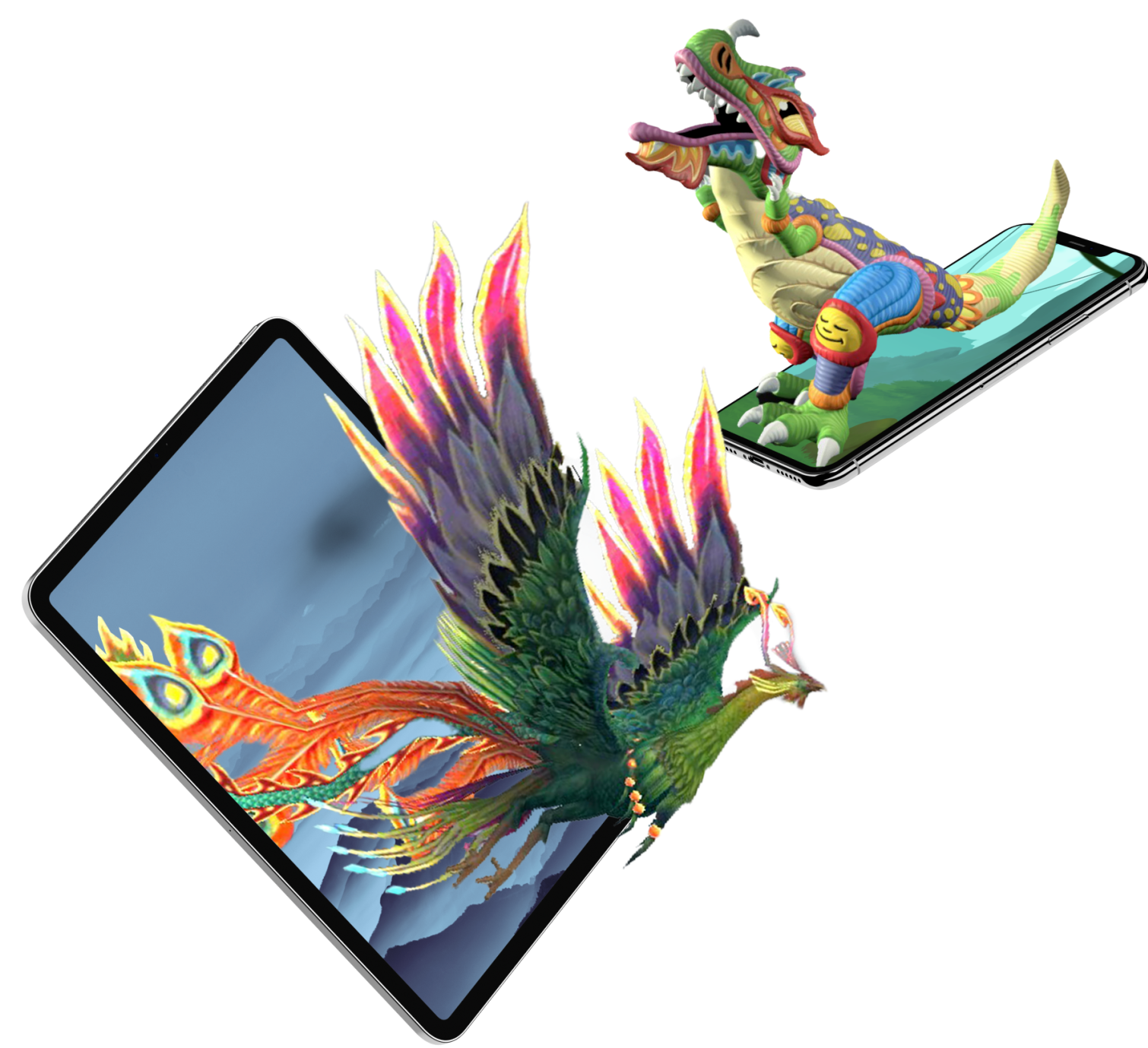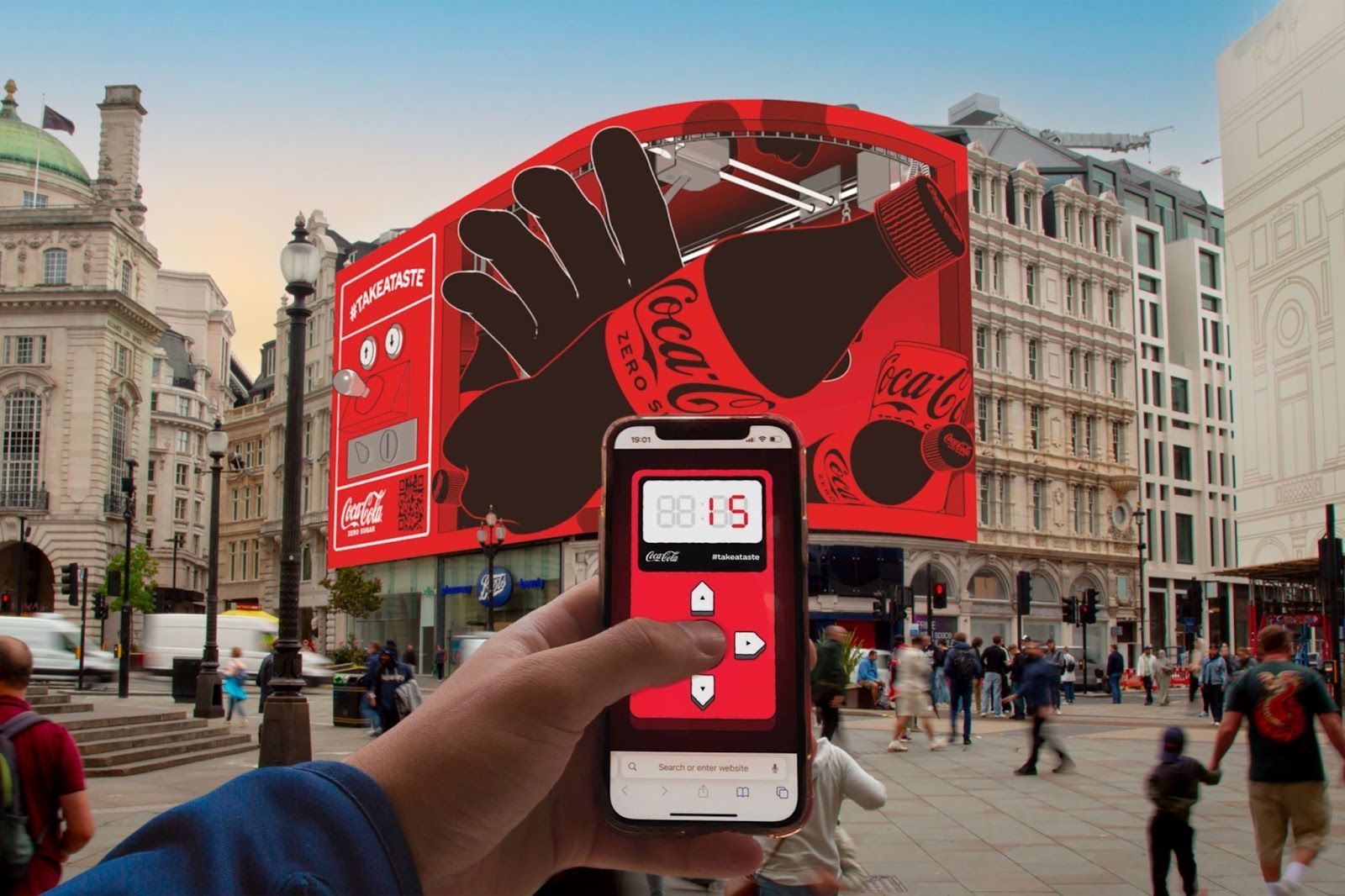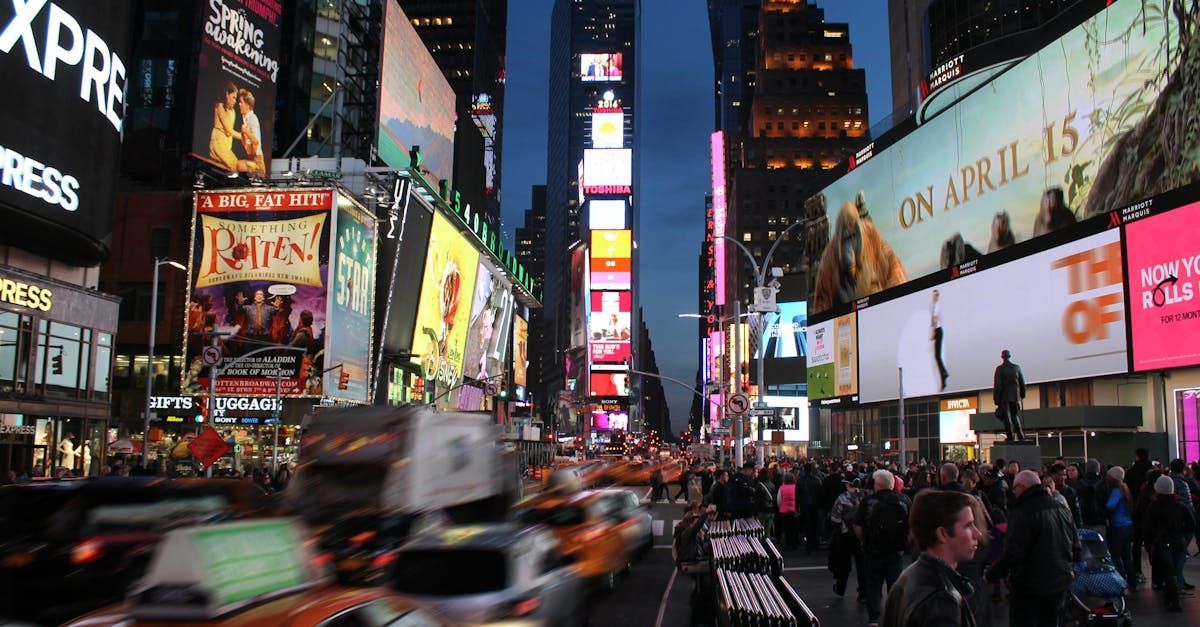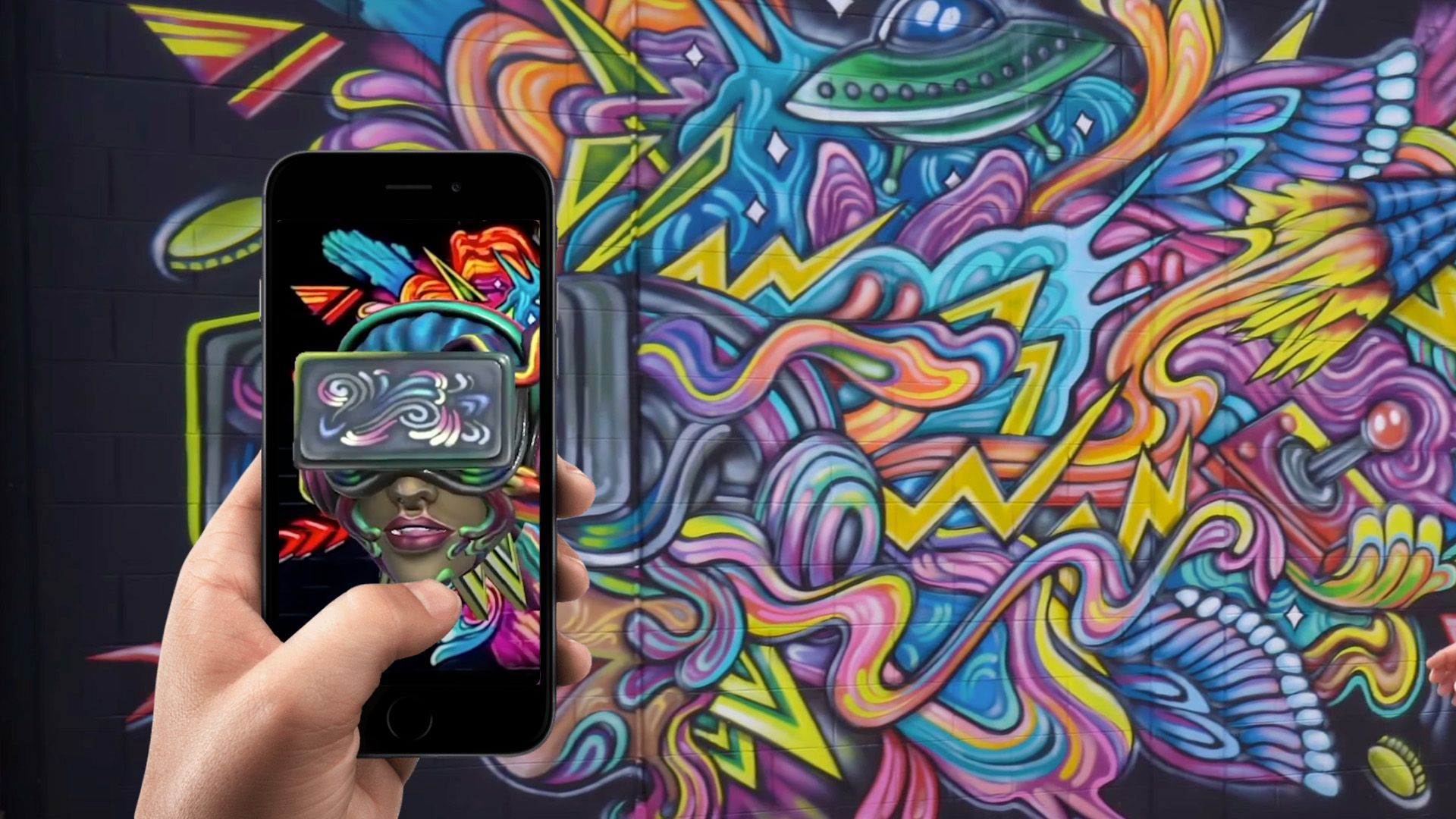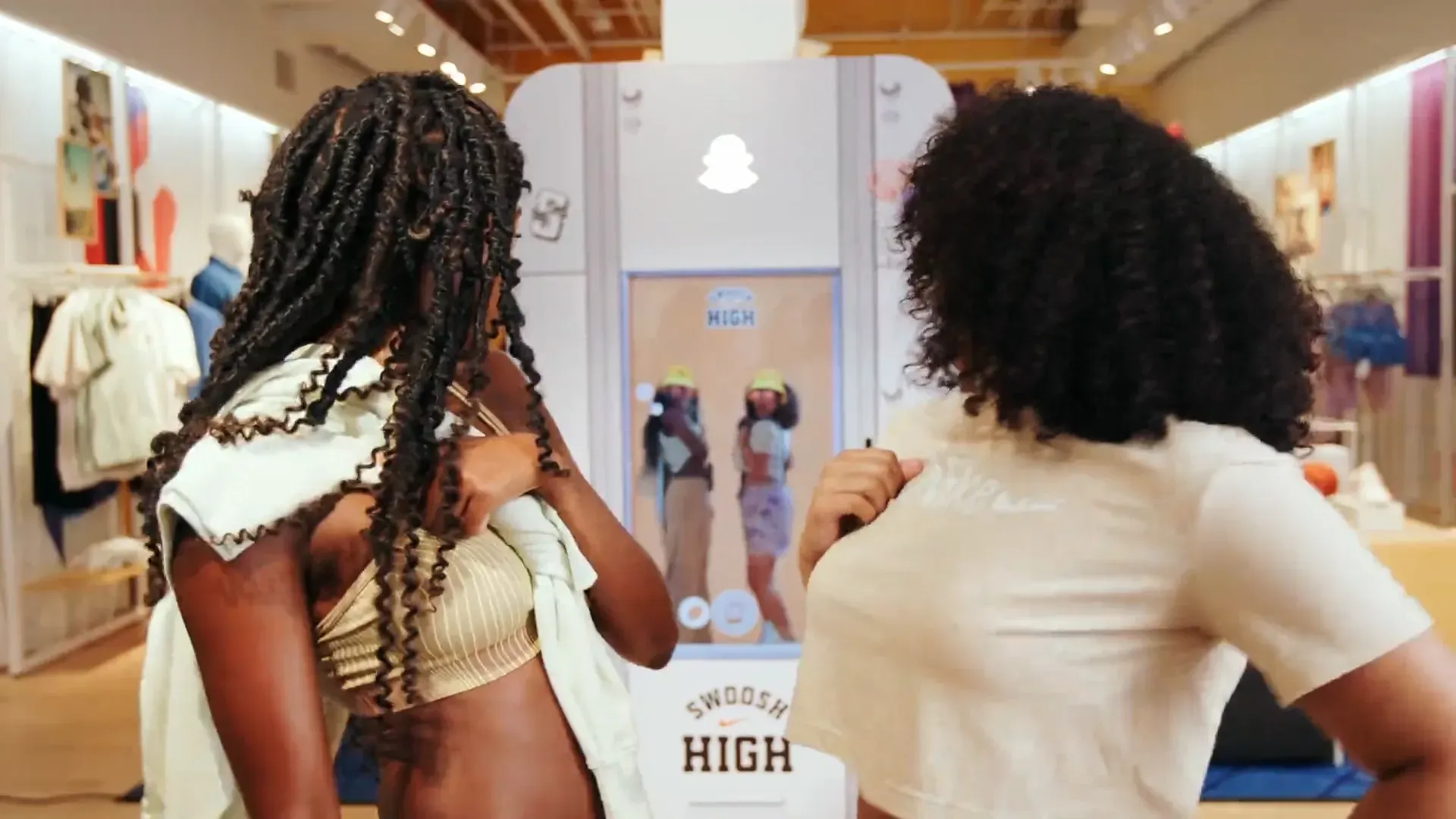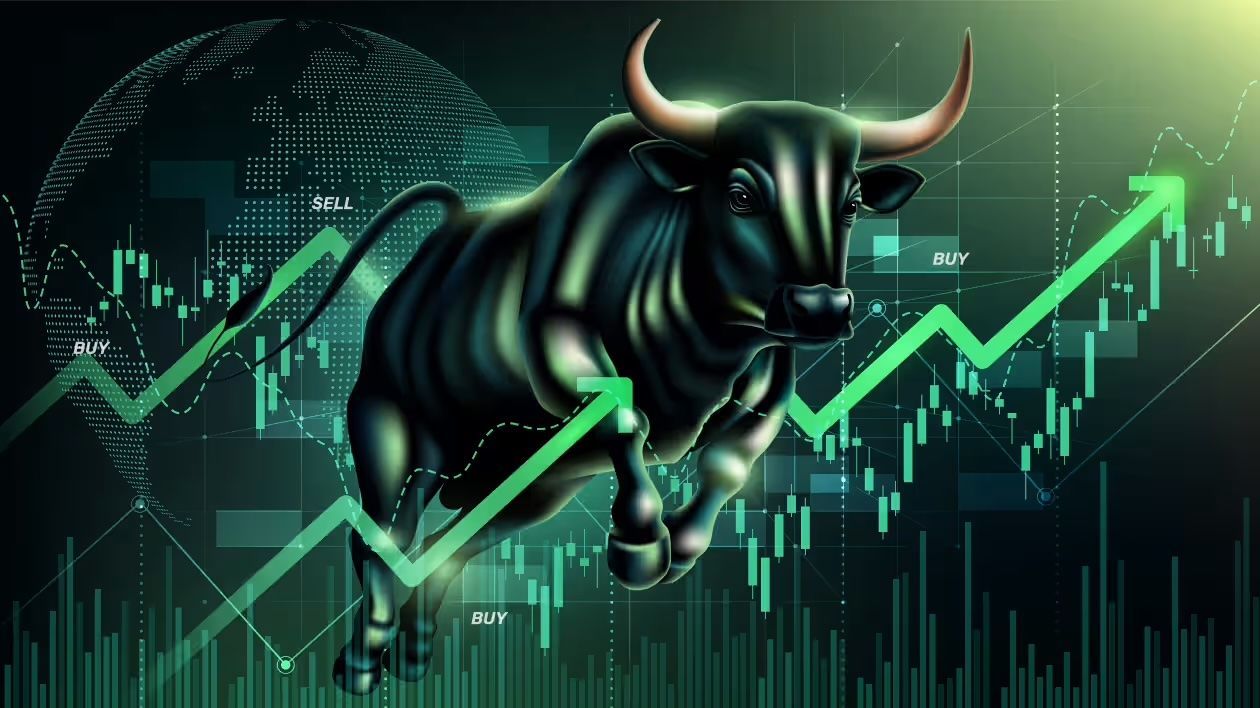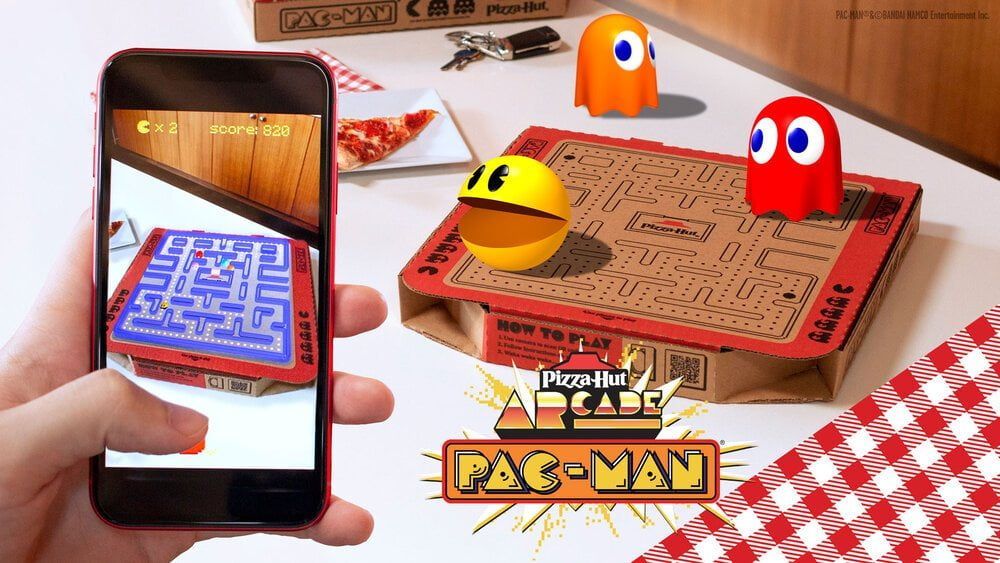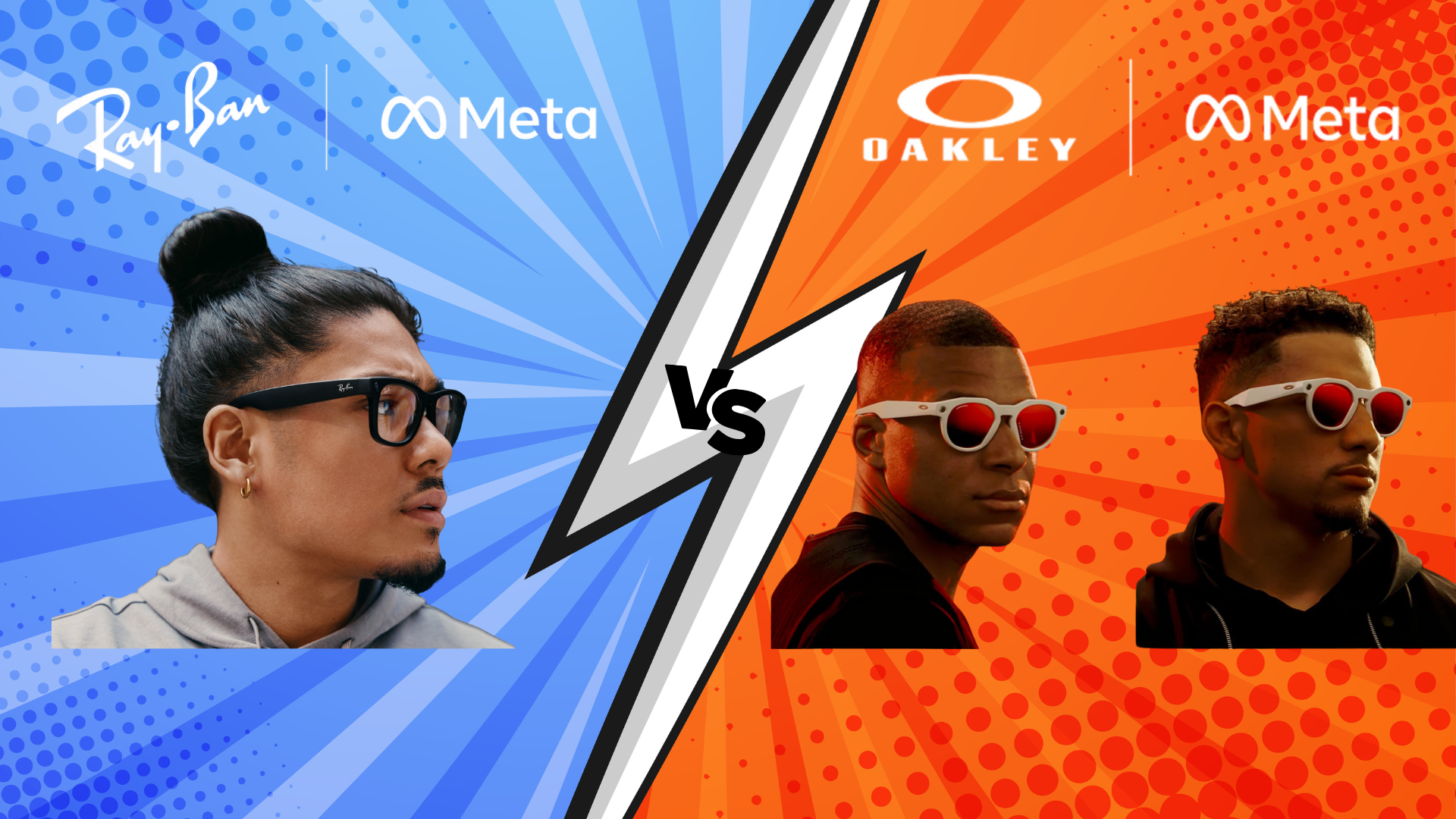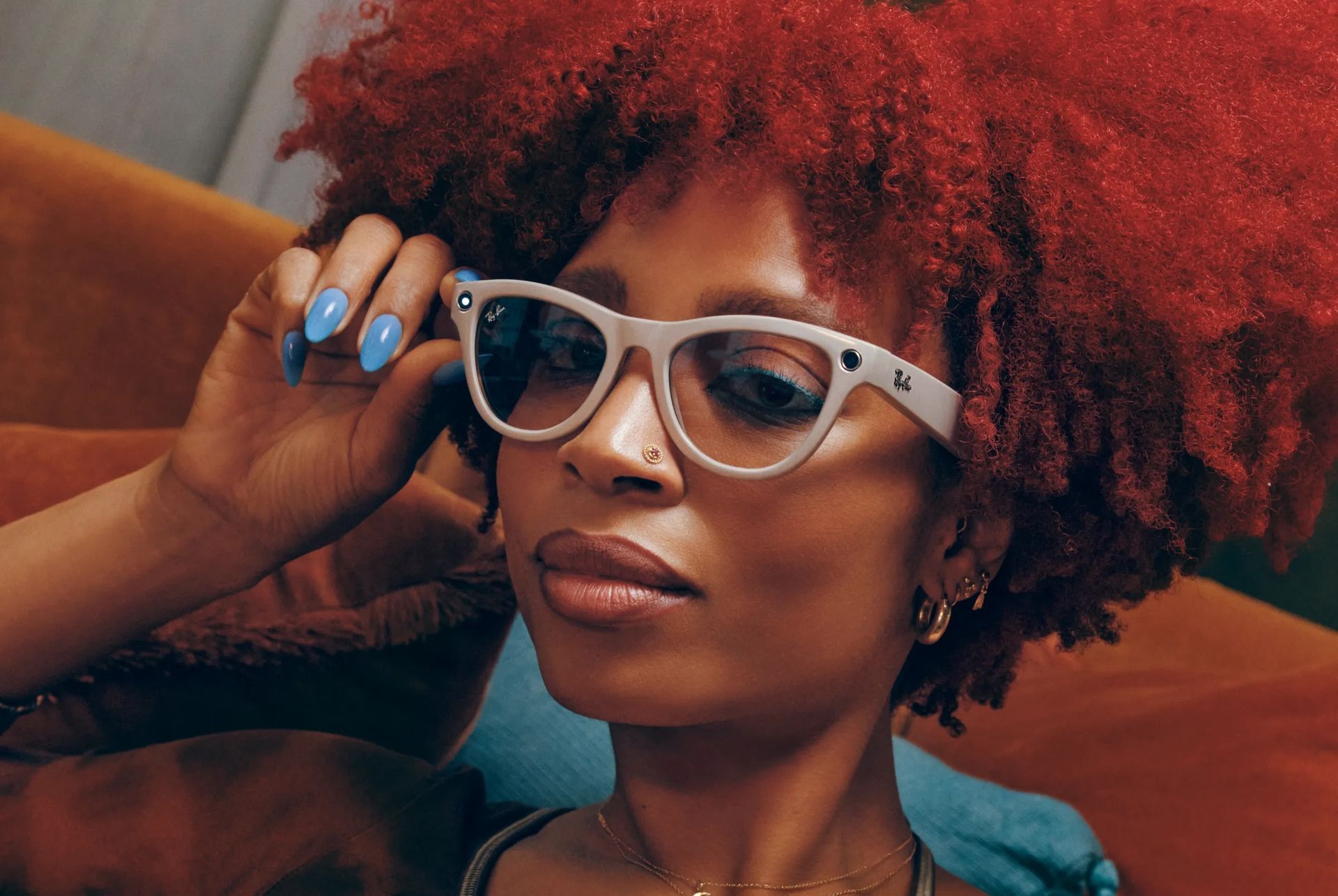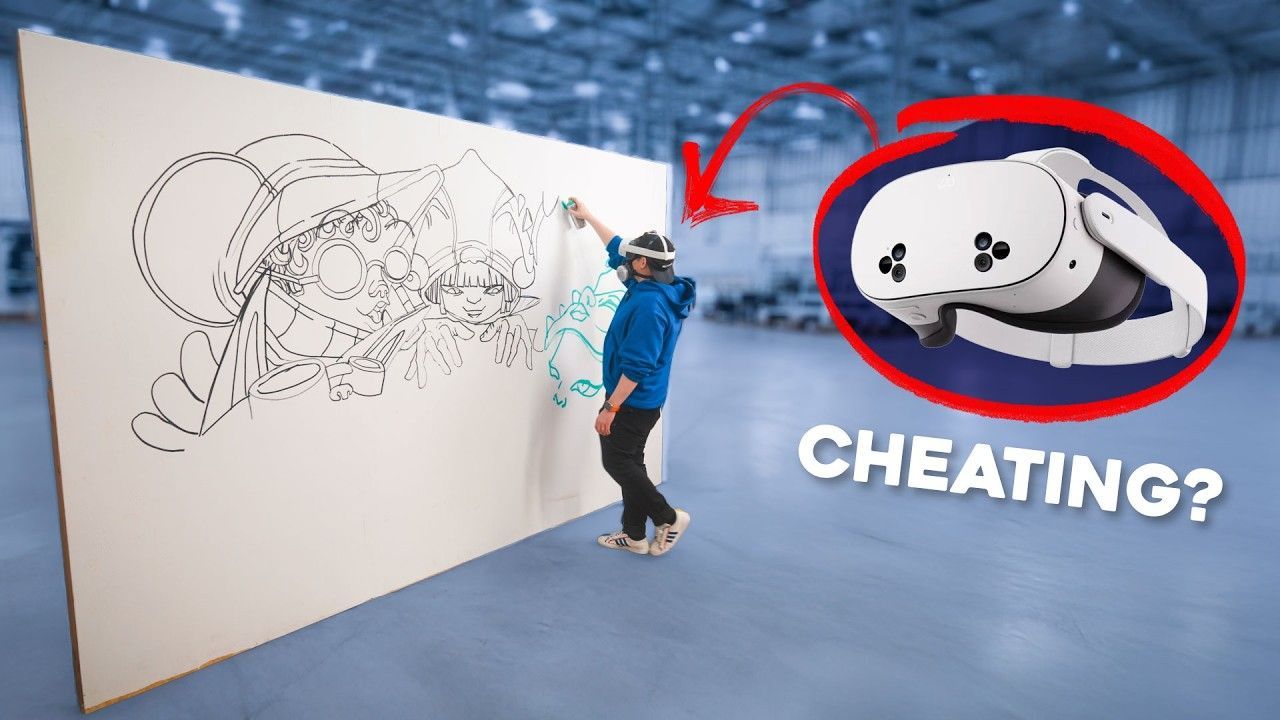Real Estate Art
Real Estate Art: Transforming Spaces into Statements
When you think of art, you might picture a classic painting hanging in a gallery. But what about art in real estate? This fusion, known as "Real Estate Art," is redefining the boundaries between form and functionality, space and creativity, construction, and imagination. But what lies beneath this concept, and why is it garnering such attention? Let's explore.
The Convergence: When Real Estate Meets Art
Defining Real Estate Art
At the intersection of property and artistry lies an innovative concept: Real Estate Art. It's not just about the physical structures; it's about creating experiential spaces, where every corner, wall, and hallway tells a story. Here, architects, designers, and artists collaborate to infuse traditional real estate with artistic expressions, shaping not just buildings but also experiences.
Why It Matters: The Influence of Art in Real Estate
Ever walked into a space and felt an instant connection? That's the power of art in real estate. It elevates properties from mere physical structures to emotional landscapes, often becoming a key differentiator in the market. Art-infused properties not only stand out for their aesthetic appeal but also for their ability to evoke feelings and create memorable experiences. They’re not just spaces; they're stories waiting to be lived.
The Aesthetic Revolution in Property Marketing
Artistic Staging: More than Just Furnishing
Imagine walking through a property where each piece of furniture, each artwork, each fixture plays a part in a grander narrative. That's what artistic staging is all about. It's a strategic blend of interior design and storytelling, meant to captivate potential buyers by presenting a property not just as a place to live, but as a work of art to be experienced.
Virtual Art Installations: The Digital Frontier
In the digital age, virtual art installations are revolutionizing property viewings. Through augmented and virtual reality, potential buyers can experience art in real estate like never before. These technologies allow for immersive tours, where art and space merge seamlessly, promising an interactive experience that traditional viewings can't match. The future of real estate marketing? Definitely artistic, undoubtedly digital.
Investing in Art-Infused Properties: What to Know
The Financial Upside of Art in Real Estate
Art isn’t just about aesthetics; it's a smart investment. Properties adorned with art often see higher market valuations, thanks to their unique appeal. Buyers aren't just purchasing real estate; they're investing in a masterpiece. The distinctiveness of art-infused properties can also lead to higher resale values, proving that art can be both a passion and a financial strategy.
Navigating the Complexities: A Buyer’s Guide
Investing in art-infused real estate isn't a casual affair; it requires careful consideration. Prospective buyers should understand the art's provenance, the artist's reputation, and how these factors could influence the property's value. Consulting with art advisors and real estate experts can provide invaluable insights, helping you make an informed investment in this unique market niche.
Spotlight: Iconic Art-Integrated Real Estate Projects
Around the Globe: Real Estate Art Wonders
From the artistic façades of Miami's Wynwood Walls to the sculpture-integrated landscapes of the Yorkshire Sculpture Park in the UK, art-centric real estate projects are making waves globally. These aren't just living spaces; they're landmarks, they're tourist attractions, and they're community hubs. They signify a cultural shift where living becomes an art form.
The Artists Behind the Scenes
The unsung heroes of real estate art are the artists themselves, whose creativity breathes life into brick and mortar. Whether they're renowned names or emerging talents, these artists transform spaces with their vision, crafting a legacy that stands tall and speaks volumes. Their work not only enhances the property's appeal but also enriches the cultural fabric of the surrounding community.
Future Perspectives: Real Estate Art Trends
Sustainability Meets Artistry
The future of real estate art lies in sustainability. Think eco-friendly materials, green spaces, and energy-efficient designs, all woven together with artistic flair. As environmental consciousness rises, the intersection of green living and art presents a new frontier for real estate developers and artists alike.
Interactive Spaces: The Next Big Thing?
Tomorrow's real estate art might just be interactive. Picture spaces that respond to your touch, art that changes with your mood, or digital installations that you can shape with your movements. By integrating technology and art, interactive spaces promise a dynamic living experience that's personalized and engaging.
Conclusion: The Intrinsic Bond Between Art and Real Estate
Real Estate Art isn't a trend; it's a testament to the timeless relationship between space and creativity. It challenges us to rethink our environments, to see beyond walls and ceilings, and to envision properties as canvases of expression. In this realm, buying a property is not a transaction—it's an immersion into a world of artistic imagination.
FAQs
Is Real Estate Art a good investment?
Absolutely! Real estate art merges the value of property with the unique appeal of art, often leading to higher market valuations and distinctive selling propositions.
How does art influence property value?
Art enhances aesthetic appeal, emotional connectivity, and cultural relevance, often making properties more desirable to potential buyers and increasing their overall value.
Can I incorporate art into my existing property?
Definitely. Collaborating with artists and interior designers can transform your space, whether through physical artwork, installations, or digital augmentations.
Are there any risks involved in investing in art-infused properties?
As with any investment, there are risks. Market trends, the reputation of the artists, and changes in artistic appreciation can all influence property values. It's wise to consult with experts before diving in.
How is sustainability changing Real Estate Art?
Sustainability is introducing eco-conscious materials, energy efficiency, and green living concepts into the realm of real estate art, creating a wave of properties that are as environmentally friendly as they are artistically captivating.
TALK TO A PRO
We're here to bring your brand to life!
Stay Connected with BrandXR
Create Augmented Reality for Free!
Create, Publish, and Measure 3D Augmented Reality Experiences Without Having to Code.
